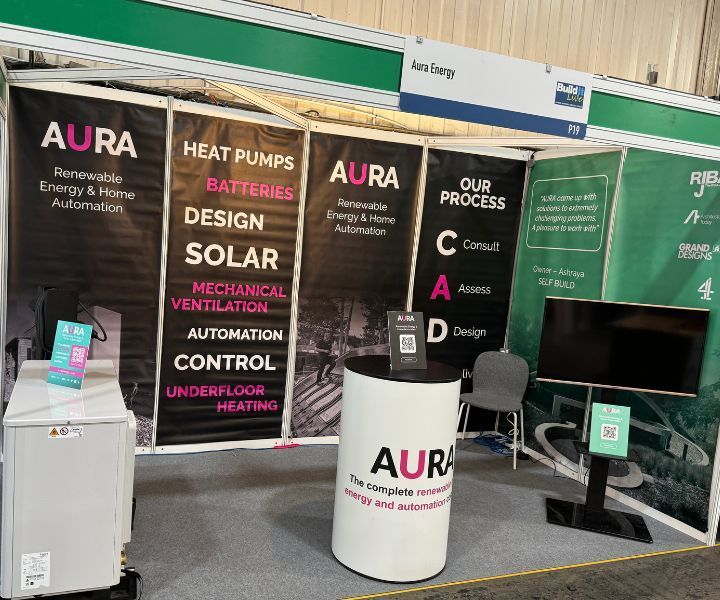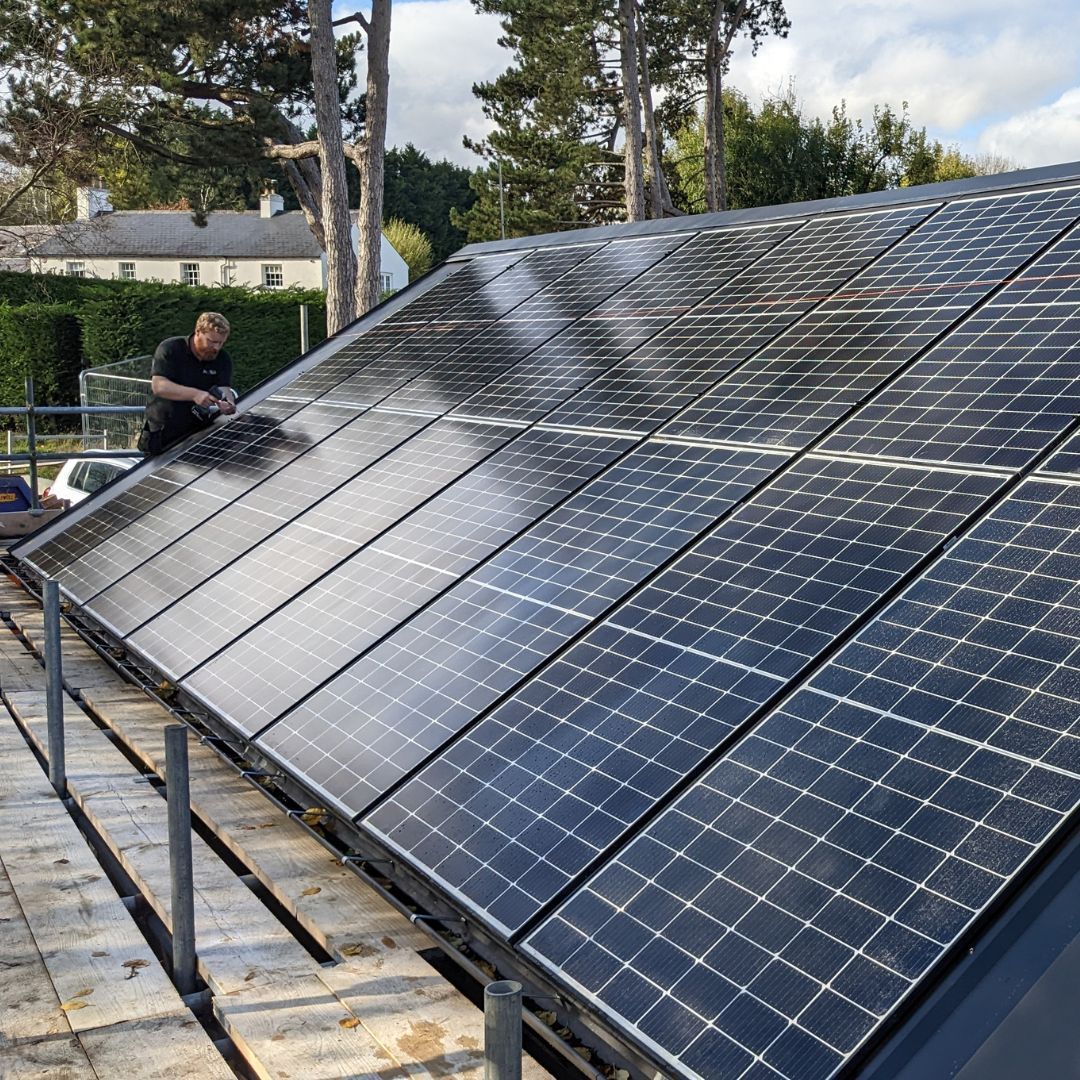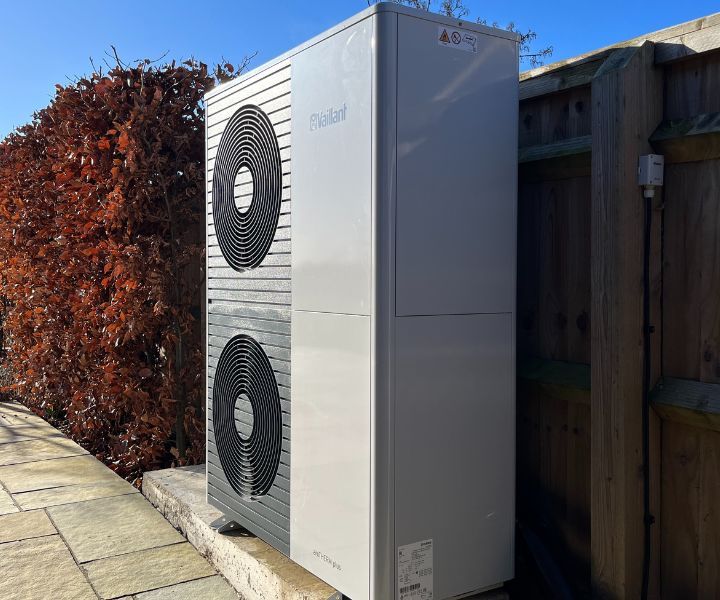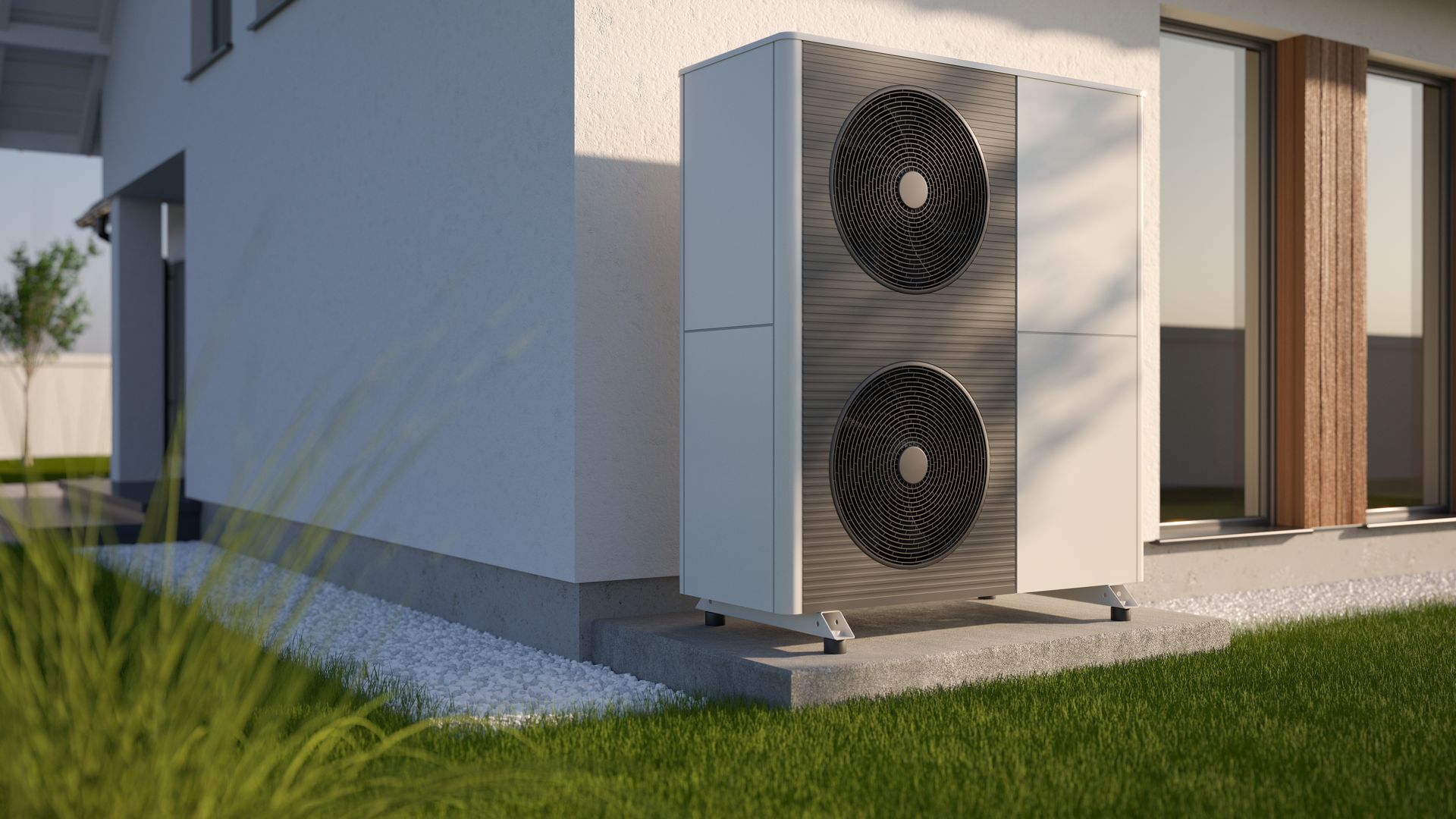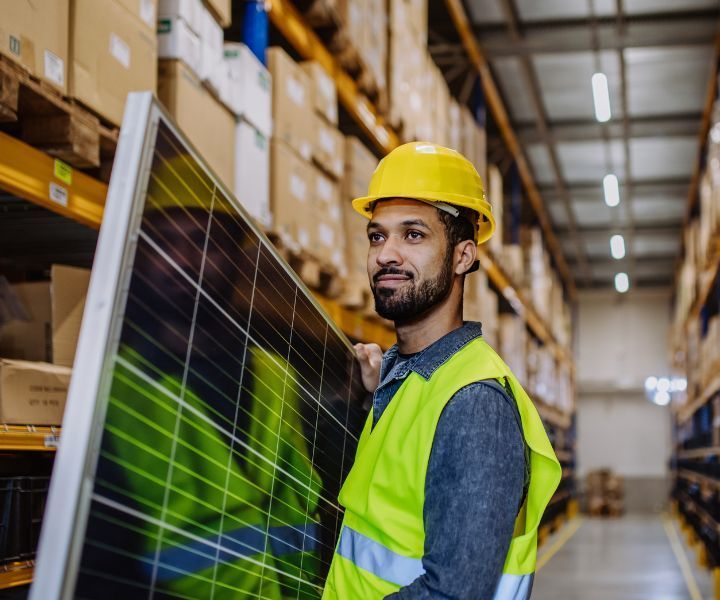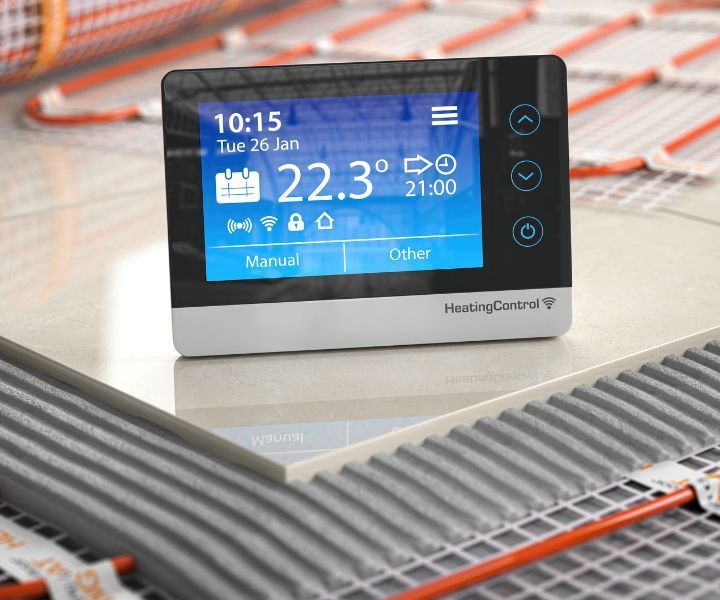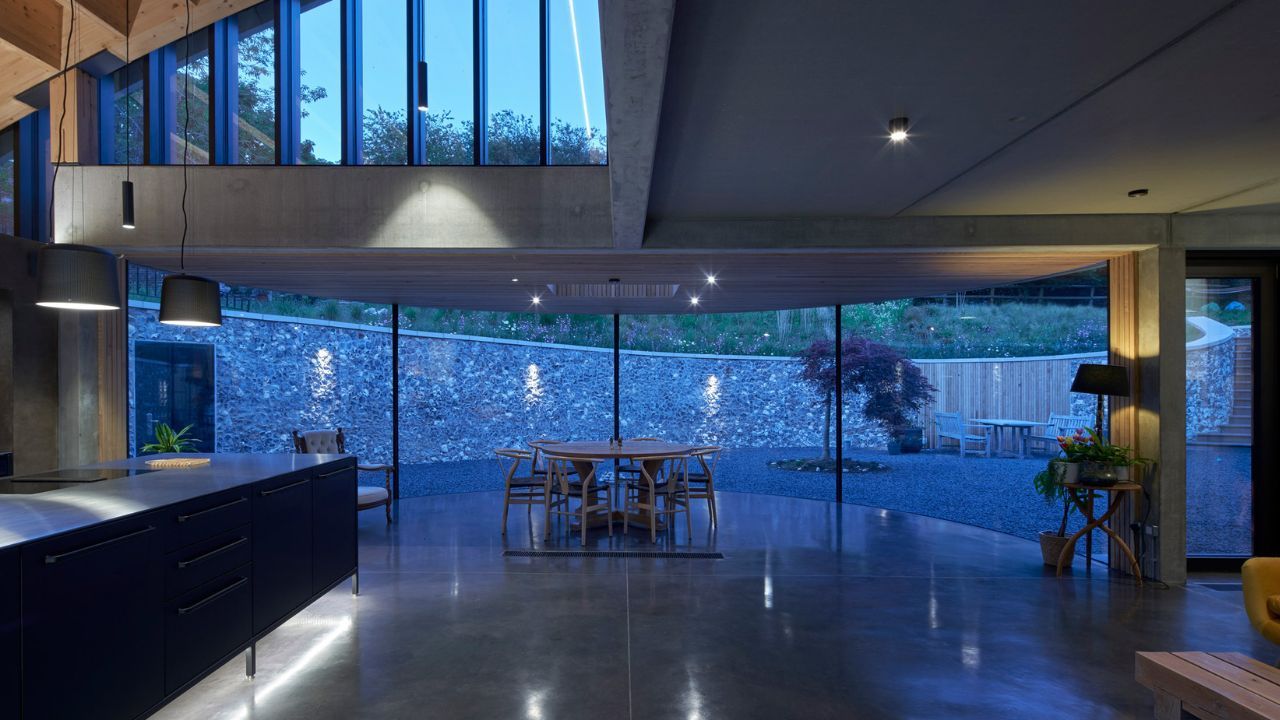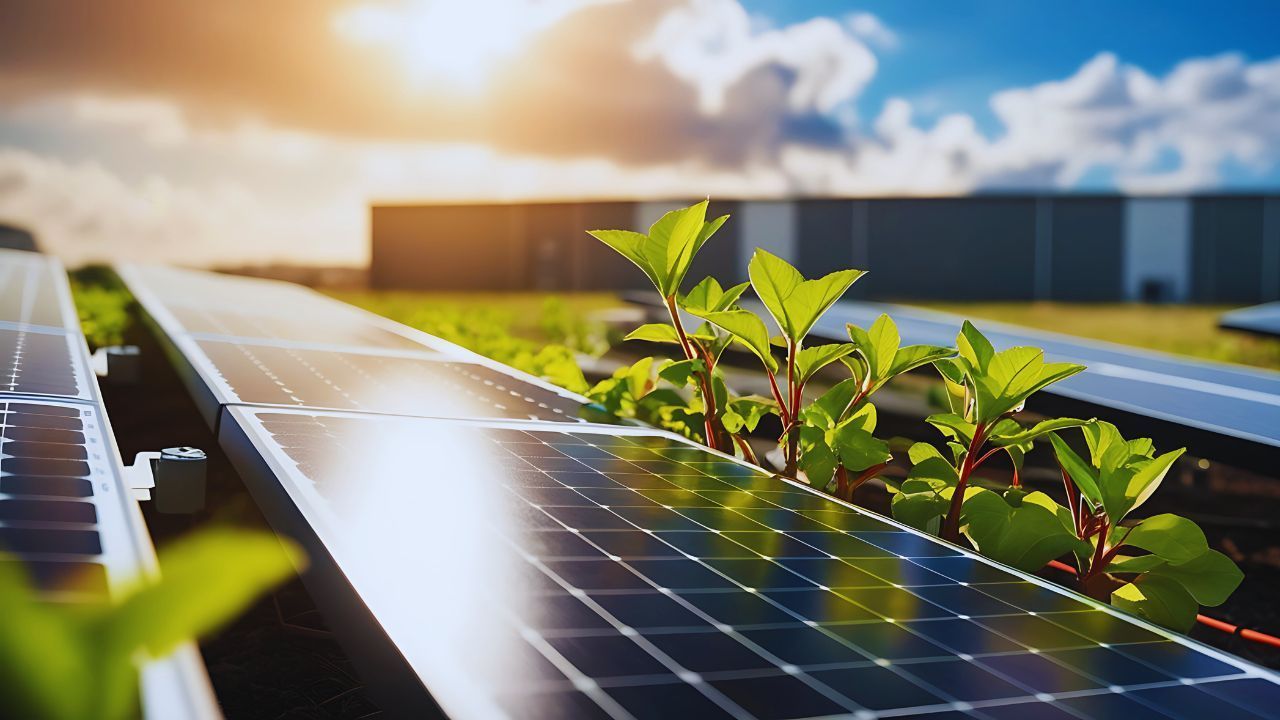Aura Solar, Battery & Wind Boat
Aura founders Amy & John Gower believe sustainability begins at home. With some technical wizardry, a written off 'G-Wizz' electric car and some solar panels, they set out to create a low-cost, zero-emission yacht for the whole family to enjoy .
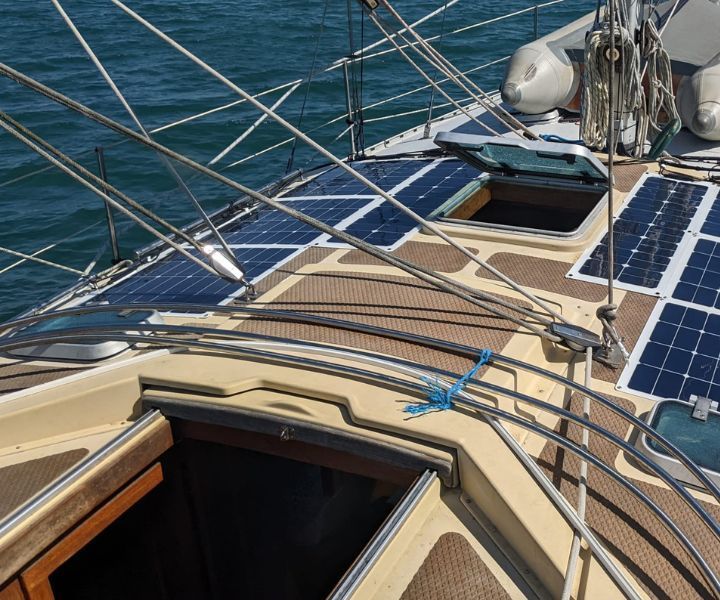
Interview with Johnathan Gower - Aura Co-Founder
Q: John, how did the idea of converting a car into a boat come about?
John: Amy and I had been tinkering with solar panels and using the batteries from old electric vehicles to power small appliances. One day, we stumbled upon a written-off G-Wizz, and I jokingly said, "We could use that to power our boat!" That throwaway comment quickly became a serious project.
Our vision was clear: create a zero-emission yacht that the entire family could enjoy. We wanted something that was not only eco-friendly but also proved that sustainability and practicality can go hand in hand.
Q: A G-Wizz isn’t the most obvious choice for a yacht! How did you make it work?
John: (Laughs) It’s definitely unconventional, but that was part of the fun. The G-Wizz provided two key components: the electric motor and the battery pack. Once we removed them from the car, the challenge was adapting them to work in a marine environment.
We already had a small sailing boat that could sleep four (six at a push), which offered us the starting point. The motor was mounted at the rear, linked to a custom-built propeller system. The batteries were securely housed beneath the deck in waterproof compartments.
To keep the yacht powered, we added solar panels across the deck. On a sunny day in summer, these panels can generate enough electricity to recharge the batteries by up to 70% while we’re out sailing. It’s brilliant for longer trips, as the boat essentially powers itself.
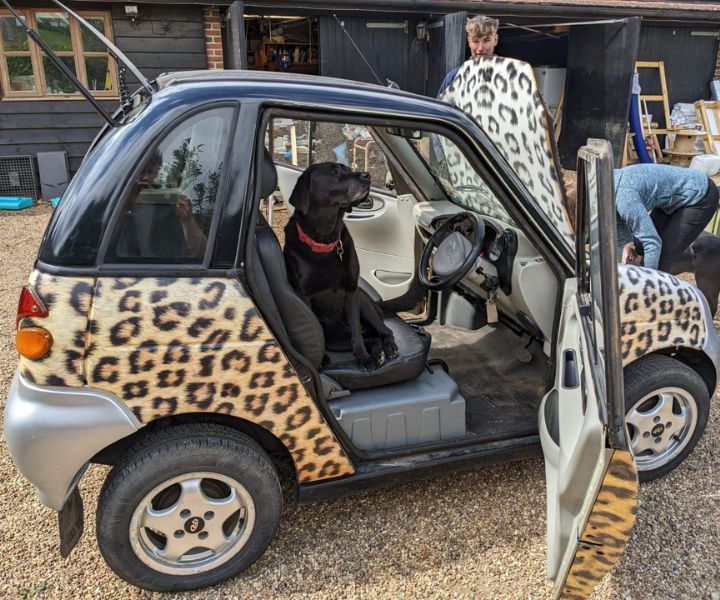
Q: Were there any major obstacles in the build process?
John: Plenty! The biggest challenge was adapting the car motor for use on water. It’s not designed for a marine environment, so we had to create a cooling system using water jackets around the motor to keep it from overheating.
Another issue was balancing the weight. Lithium-ion batteries are heavy, and if they weren’t positioned correctly, the boat could have been unstable. We spent a lot of time testing and tweaking the layout in a local lake before getting it just right.
The solar panel system was also a bit of a challenge. It wasn’t just about installing the panels—it was about designing a charge controller that could efficiently regulate the power being fed into the batteries, even as sunlight levels fluctuated.
Q: What’s it like to use the boat?
John: It’s incredible! The lack of engine noise is a game-changer—you can actually hear the water and the sounds of nature around you. The boat cruises at around 6 knots on electric, which is perfect for getting out to sea from port or trundling along in the ocean when Mother Nature fails to provide any wind.
One of the best features is the solar charging system. This means we can extend our trips without worrying about running out of power. Even on cloudy days, we still get a few hours of cruising time.
Q: How has your family responded to the project?
John: They’ve been amazing. Our daughter loves it—But I think it's the grandparents that have the most fun! Amy has been my biggest supporter from day one. For us, it’s more than just a boat; it’s a project that embodies our values and shows what’s possible with a bit of creativity and a lot of determination.
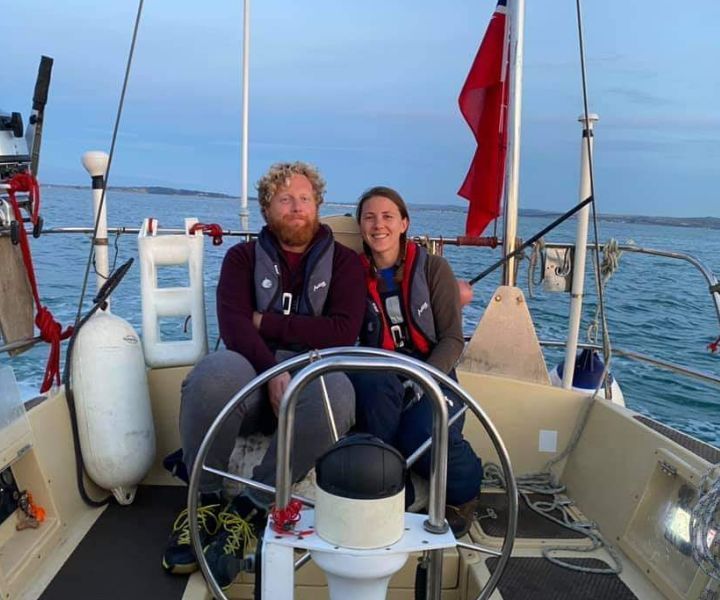
Q: What’s next for Aura Energy? Are there more projects in the pipeline?
John: Definitely! This project was a stepping stone to prove what’s possible. We’re now exploring ways to do similar things with classic cars and motorbikes...effectively retrofitting sustainability into vehicles that already exist. We're not going to start a business doing it, but it helps keep my curious mind fed. Our goal is to inspire people to embrace sustainability—not as a compromise, but as a way to create something truly special.
